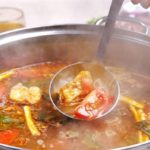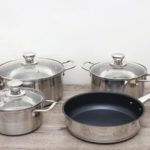In today’s modern world, stainless steel (known as “inox” in Vietnamese) is becoming a popular material in manufacturing and daily life. Let’s explore what inox is, its characteristics, and the types commonly used in kitchens with Bach Hoa XANH.
1 What is Inox? Its Origin
 Inox, also known as stainless steel, is a highly durable and corrosion-resistant iron alloy.
Inox, also known as stainless steel, is a highly durable and corrosion-resistant iron alloy.
Inox, or stainless steel, is an iron alloy with exceptional durability and resistance to corrosion and discoloration. Its superior properties have made it a popular choice for manufacturers to create essential items for our daily lives.
Inox is produced from iron alloys containing 10.5% chromium and up to 1.2% carbon by weight. The higher the chromium content in the steel, the better the corrosion resistance of Inox.
Inox was first created by British expert Harry Brealey in 1913. During his research, Brealey added chromium and carbon to improve the alloy’s strength and durability.
Following Brealey’s research, the German steel company Krupp further refined the alloy and discovered the 300 and 400 types before World War II. Subsequently, British expert W. H. Hatfield developed the 304 steel (8% nickel and 18% chromium), which is commonly used today.
2 Characteristics of Inox
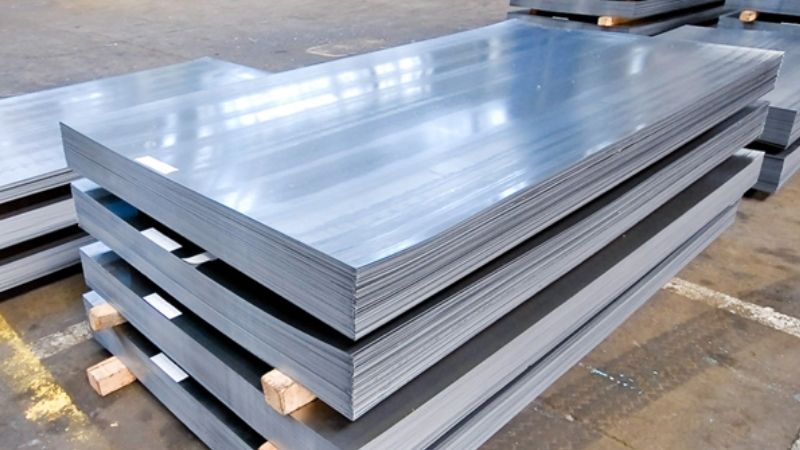 Inox is categorized into several groups, each with unique properties.
Inox is categorized into several groups, each with unique properties.
Inox can be broadly classified into four main groups, which encompass various types:
- Austenitic: SUS 301, 304, 304L, 316, 316L, 321, and 310s, among others.
- Ferritic: SUS 430, 410, and 409.
- Austenitic-Ferritic (Duplex): LDX 2101, SAF 2304, 2205, and 253MA.
- Martensitic: 420S45 and 248SV.
When considering the common characteristics of these groups, the following table summarizes their magnetic, corrosion resistance, ductility, and heat resistance properties:
| Alloy Group | Magnetism | Corrosion Resistance | Ductility | Heat Resistance |
|---|---|---|---|---|
| Austenite | Non-magnetic | High | Very high | Very high |
| Duplex | Magnetic | Very high | Medium | Low |
| Ferritic | Magnetic | Medium | Medium | High |
| Martensitic | Magnetic | Medium | Low | Low |
| Phase Stabilized | Magnetic | Medium | Medium | Low |
3 Common Types of Inox Used in Kitchenware
Inox 201
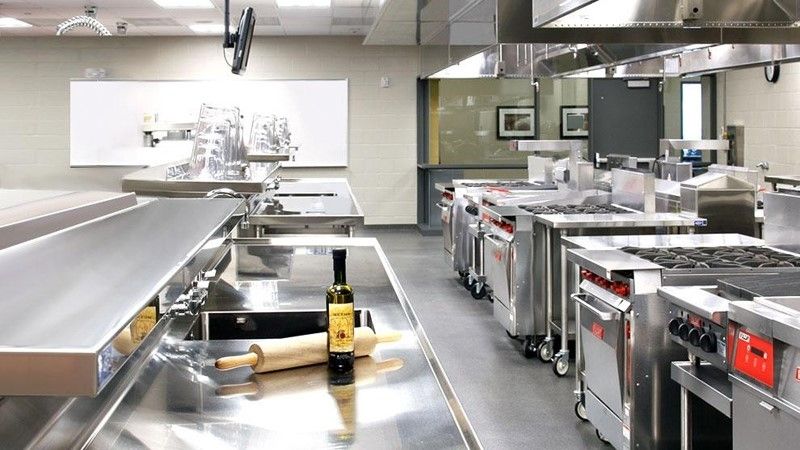 Inox 201 is commonly used for manufacturing kitchen utensils.
Inox 201 is commonly used for manufacturing kitchen utensils.
Inox 201 is widely used in our daily lives. It contains 18% chromium and 3% nickel, with the remaining composition being iron and other elements. Inox 201 is known for its durability and good corrosion resistance.
It is often used for making kitchen utensils like phích nước (vacuum flasks), bình ủ (thermos flasks), and ruột bình đun siêu tốc (inner pots of electric kettles).
Advantages of Inox 201:
- Affordable price
- Relatively durable
- Lightweight
- Safe for consumer health
Disadvantages of Inox 201:
- Not suitable for direct cooking on induction cooktops
- Prone to corrosion compared to Inox 304
Inox 304
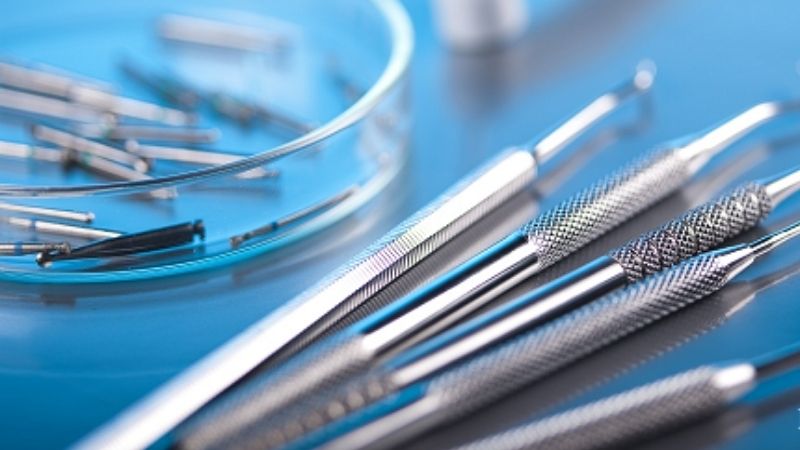 Medical equipment made from Inox 304.
Medical equipment made from Inox 304.
Manufacturers consider Inox 304 to be the best type of stainless steel due to its exceptional durability, ductility, and oxidation resistance. Additionally, it never rusts, as it contains 18% chromium and 10% nickel, with a small amount of iron.
Inox 304 is commonly used in medical equipment manufacturing due to its superior characteristics.
Advantages of Inox 304:
- Shiny, aesthetically pleasing
- Resistant to rust and oxidation
- Safe for food contact, posing no health risks
Disadvantages of Inox 304:
- Heavyweight
- Cookware made from Inox 304 requires a layer of Inox 430 at the bottom for use
- High price
Inox 410
 Spoons and ladles made from Inox 410.
Spoons and ladles made from Inox 410.
Inox 410 is another common type of stainless steel in our daily lives. It is produced with 11.5% chromium and other elements. Inox 410 is used to manufacture various kitchen utensils like spoons and ladles.
Advantages of Inox 410:
- Reasonably priced
- Lightweight
- Safe for consumer health
Disadvantages of Inox 410:
- Prone to scratches and discoloration
Inox 430
 Inox 430 is used as the outer coating of pot and pan bottoms.
Inox 430 is used as the outer coating of pot and pan bottoms.
Inox 430 is also commonly used in daily life. It is composed of 18% chromium, with the remaining composition being iron and other elements. Inox 430 is particularly suitable as an outer coating for the bottoms of pots and pans.
Advantages of Inox 430:
- Suitable for induction cooktops
- Shiny appearance
- Lightweight
- Safe for consumer health
Disadvantages of Inox 430:
- Thin and prone to discoloration
- Lower durability and oxidation resistance
4 Which Type of Inox is Best for Cooking?
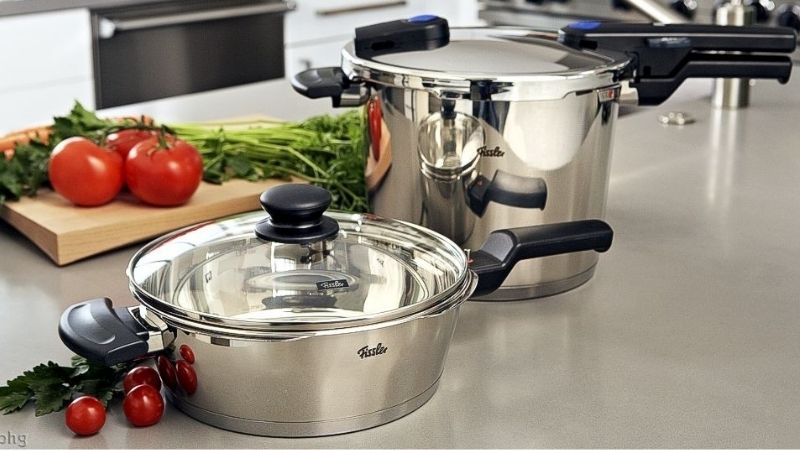 Inox 201 is commonly used for manufacturing kitchen utensils.
Inox 201 is commonly used for manufacturing kitchen utensils.
With various types of Inox available, which one is best suited for cooking and kitchen utensils? Manufacturers primarily use Inox 201 for kitchenware production due to its composition of 18% chromium and 3% nickel.
This type of Inox offers high durability and is safe for consumer health. Chảo chống dính (non-stick pans) made from this Inox are becoming increasingly popular among families.
Now you know more about Inox, its characteristics, and the types commonly used in kitchens. Hopefully, this information will be helpful to you.


























